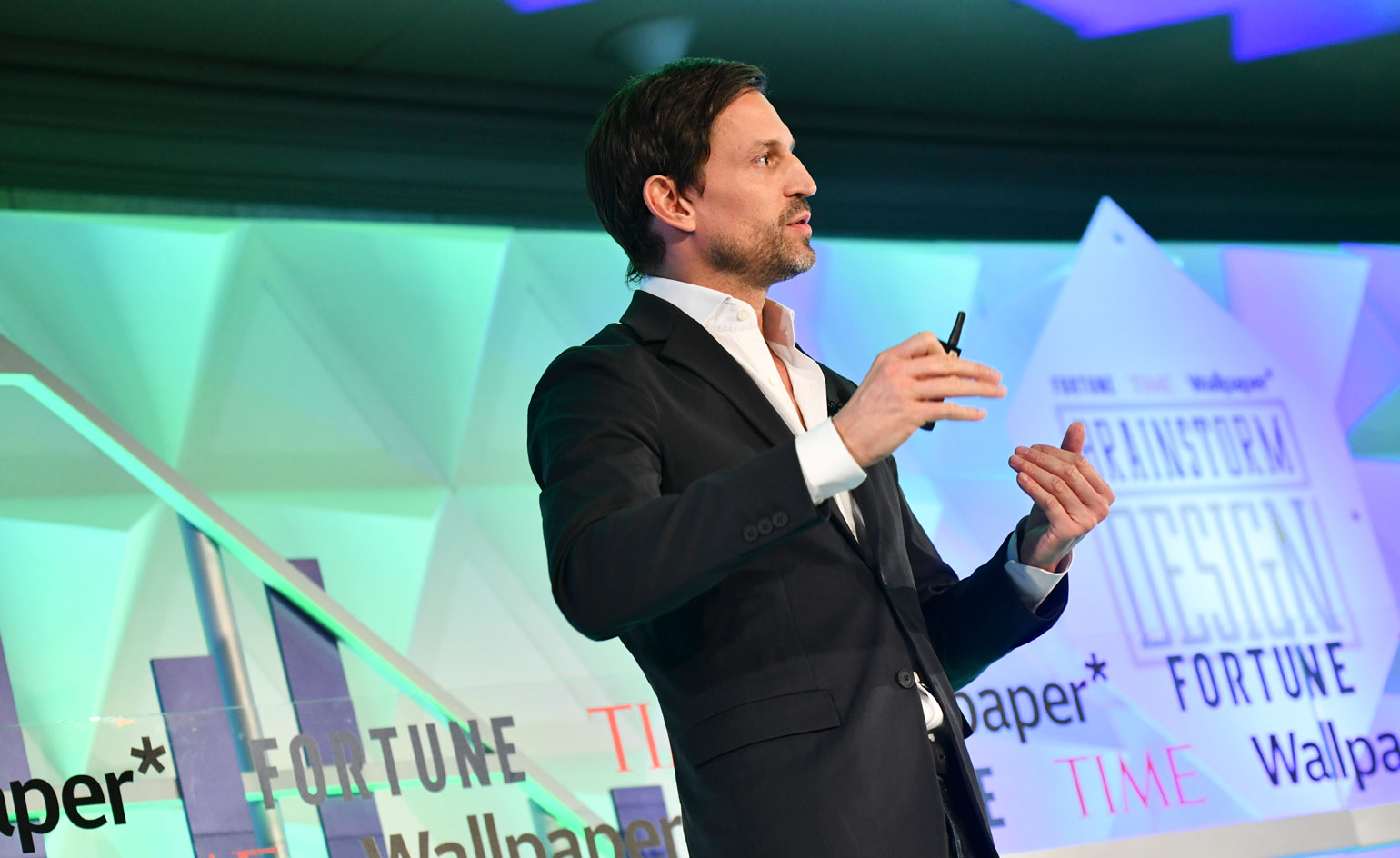WeWork’s Miguel McKelvey says design is all about connecting people
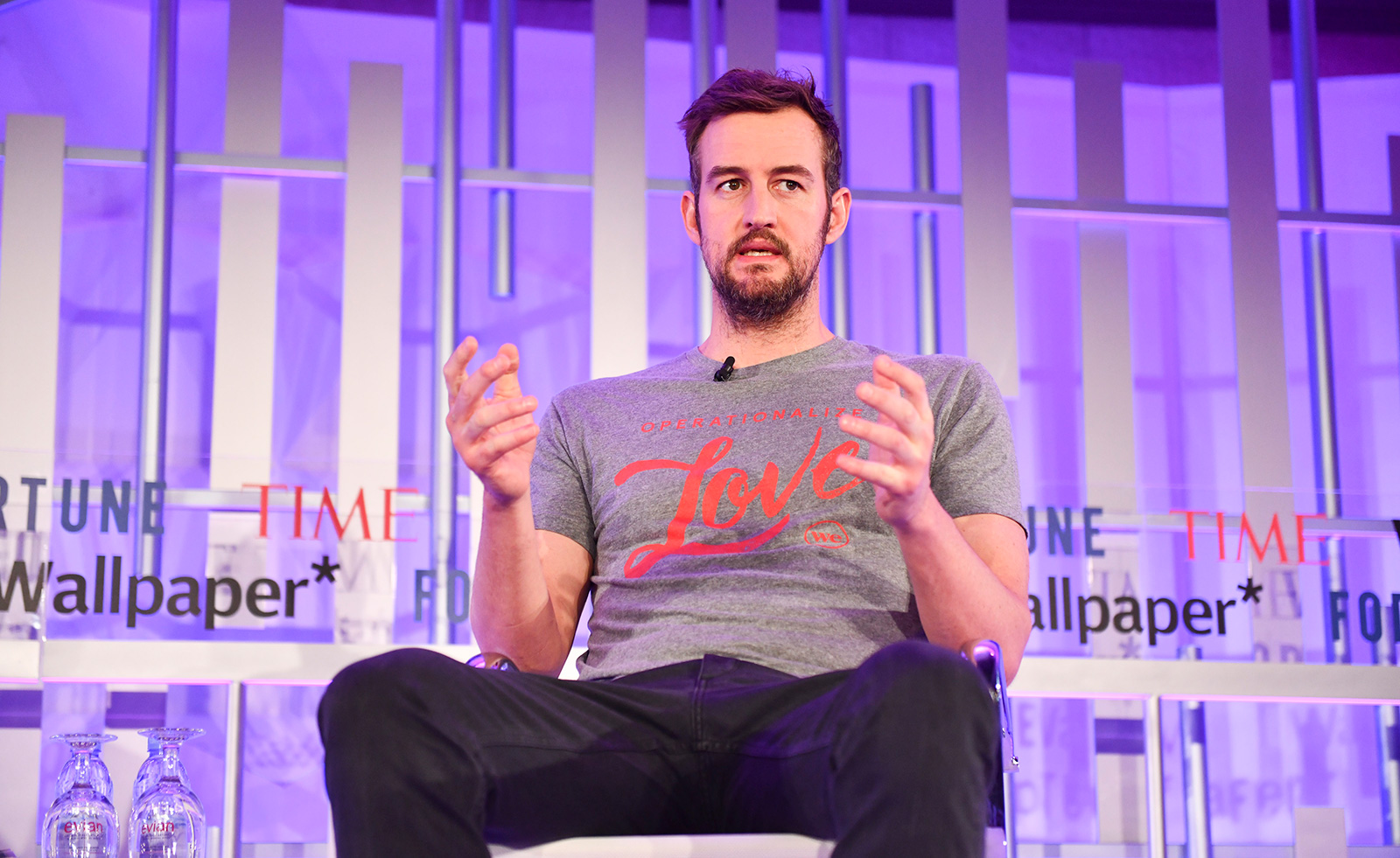
During an era of relentless and disruptive change, the key to success in business remains constant: find what works. Miguel McKelvey, the co-founder of billion-dollar startup WeWork (WEWORK, +0.00%) told the Brainstorm Design conference in Singapore that his company was born out of they typical entrepreneur’s vision of seeing a problem and trying to solve it.
When he and co-founder Adam Neumann created the first WeWork co-working space in New York City in 2010, they soon realised what would set them apart was not just providing the logistics to other companies and entrepreneurs to operate individually, but by ‘connecting then to other cool awesome people’ working around them. Hence the company’s pair of mottos: Community first. Better together. The formula has been a hit. Today WeWork has a chain of communal working spaces in more than 71 cities worldwide and is valued at $21 billion.
‘When we first started we felt something changing in terms of work, and we felt it was a global shift. People were taking control of their future, not just in terms of making money. They wanted to control their own destiny. If it was happening [in New York City], it was probably happening in London, Tel Aviv and other places.’
He added: ‘One of the things we found super exciting is the mindset [that] you are open and connected to each other, layering experiences, building community. Figuring out how to give more opportunities to share and build multi-dimensional relationships. As a designer that’s an important part of the role we’re playing.’
‘It goes beyond workplace design. You are in the service of humanity. You are helping people to grow and evolve and build relationships with other humans. That is awesome and other companies are realizing that is the place to be.’
According to McKelvey, a trained architect, more than 70 per cent of companies using WeWork spaces have collaborated with each other. Renting office space at WeWork connects users with others at WeWork spaces worldwide in a global online community for networking, collaborations and team building.
Consequently, he has found that even some of the world’s biggest companies, including Fortune 500 and Fortune 10 name, are using WeWork spaces. He recalls seeing a sign for Coke Zero in a WeWork space. Those workers from Coke told him they wanted to work in a more inspiring environment.
‘That was illuminating for us,’ he says. ‘Even companies with big resources were not creating spaces supportive of their teams. We see that in creating those types of spaces, there is an amazing human potential for excitement and happiness. Especially among companies trying to serve a younger, more innovative workforce.’
This year WeWork will open new locations in Bangkok, Manila, and Kuala Lumpur, among others.
As McKelvey continues to expand to new locations around the world, and add new kinds of services and support from what he learns, the future is bright. What drives him forward is the assurance that what WeWork does is definitely working.
The Brainstorm Design conference is jointly organised by Fortune, TIME and Wallpaper*, bringing together more than 300 top speakers and delegates from 33 countries. See more here
INFORMATION
For more information, visit the Brainstorm design website
Receive our daily digest of inspiration, escapism and design stories from around the world direct to your inbox.
-
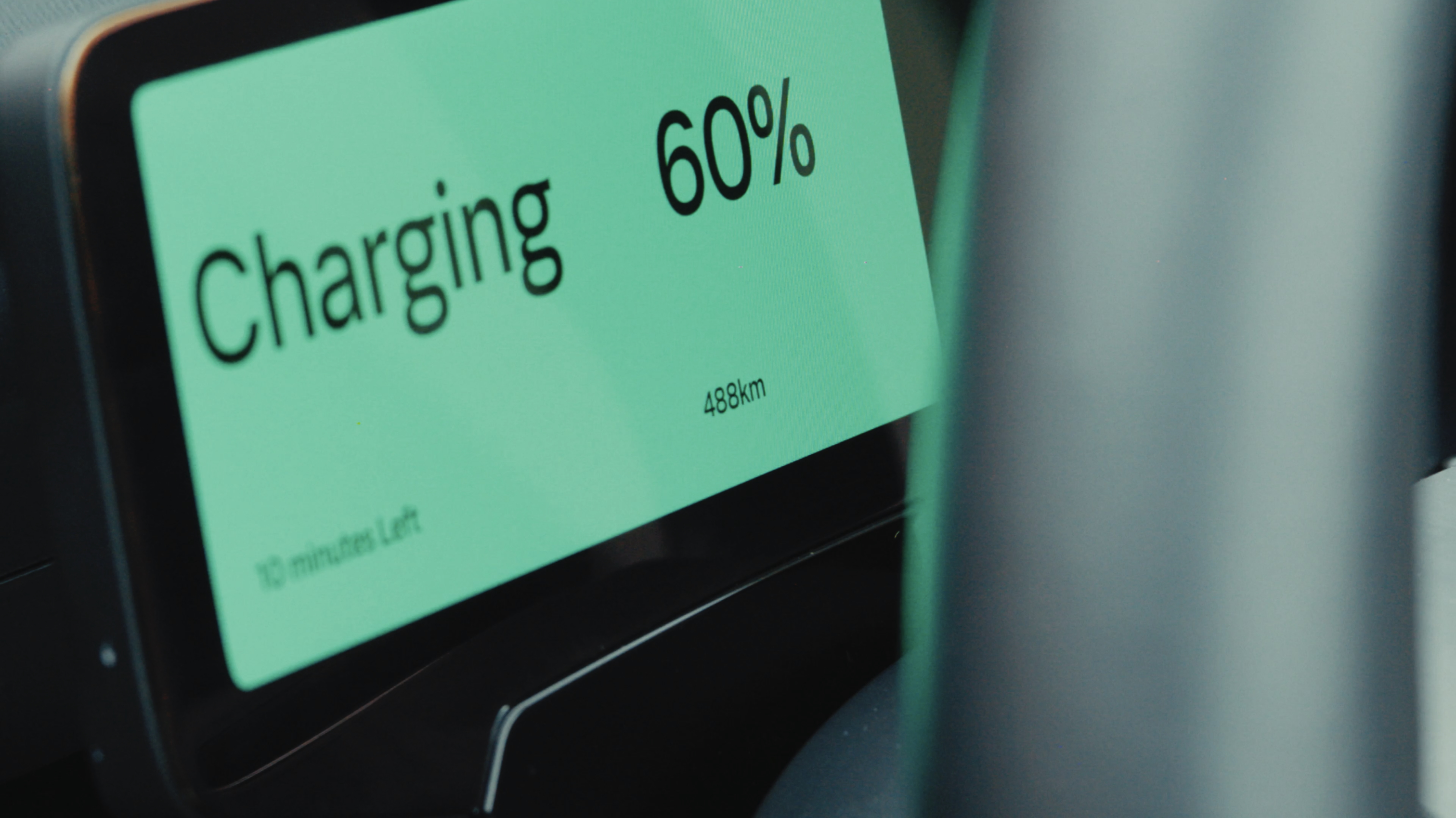 Volvo’s quest for safety has resulted in this new, ultra-legible in-car typeface, Volvo Centum
Volvo’s quest for safety has resulted in this new, ultra-legible in-car typeface, Volvo CentumDalton Maag designs a new sans serif typeface for the Swedish carmaker, Volvo Centum, building on the brand’s strong safety ethos
-
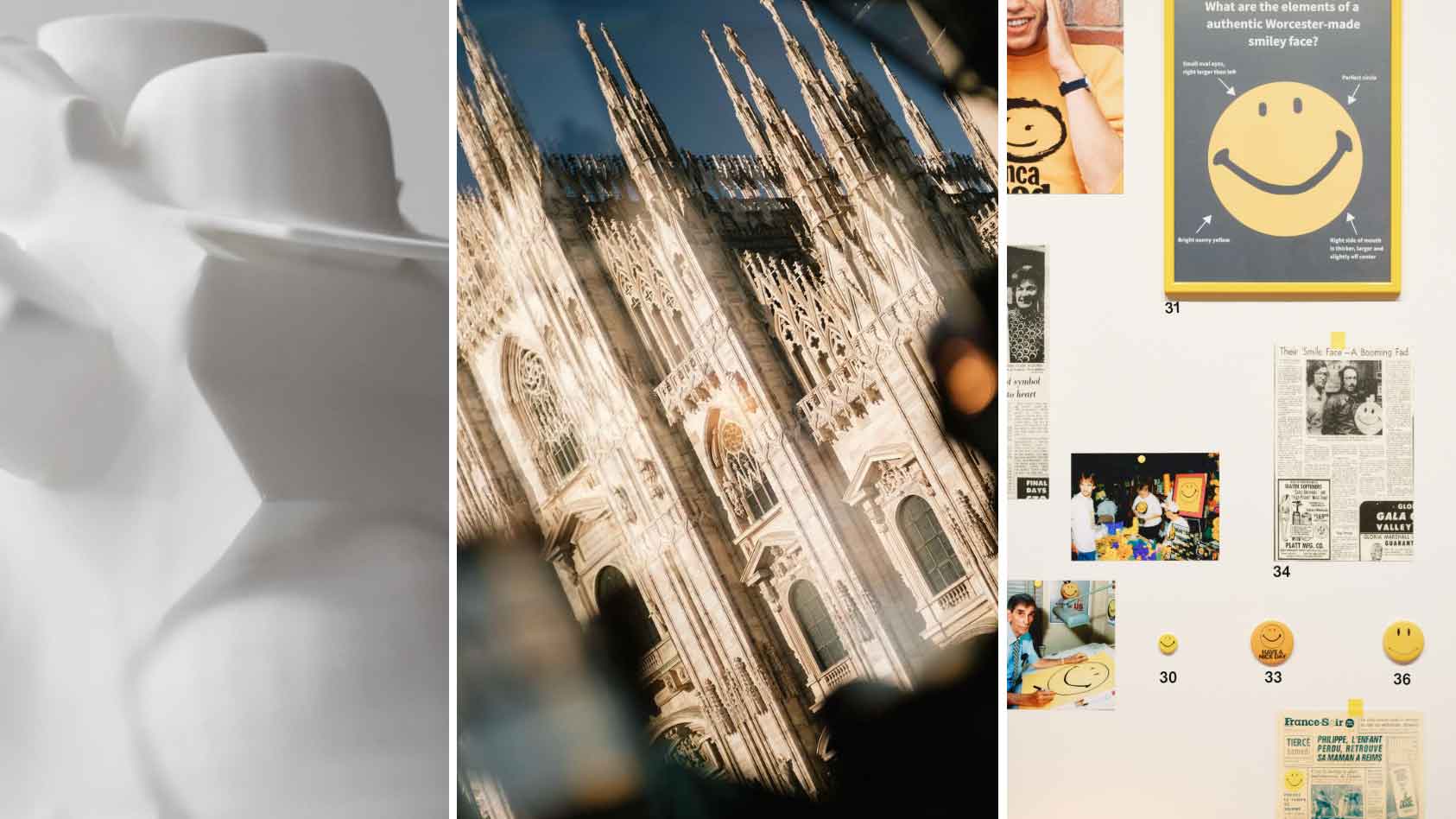 We asked six creative leaders to tell us their design predictions for the year ahead
We asked six creative leaders to tell us their design predictions for the year aheadWhat will be the trends shaping the design world in 2026? Six creative leaders share their creative predictions for next year, alongside some wise advice: be present, connect, embrace AI
-
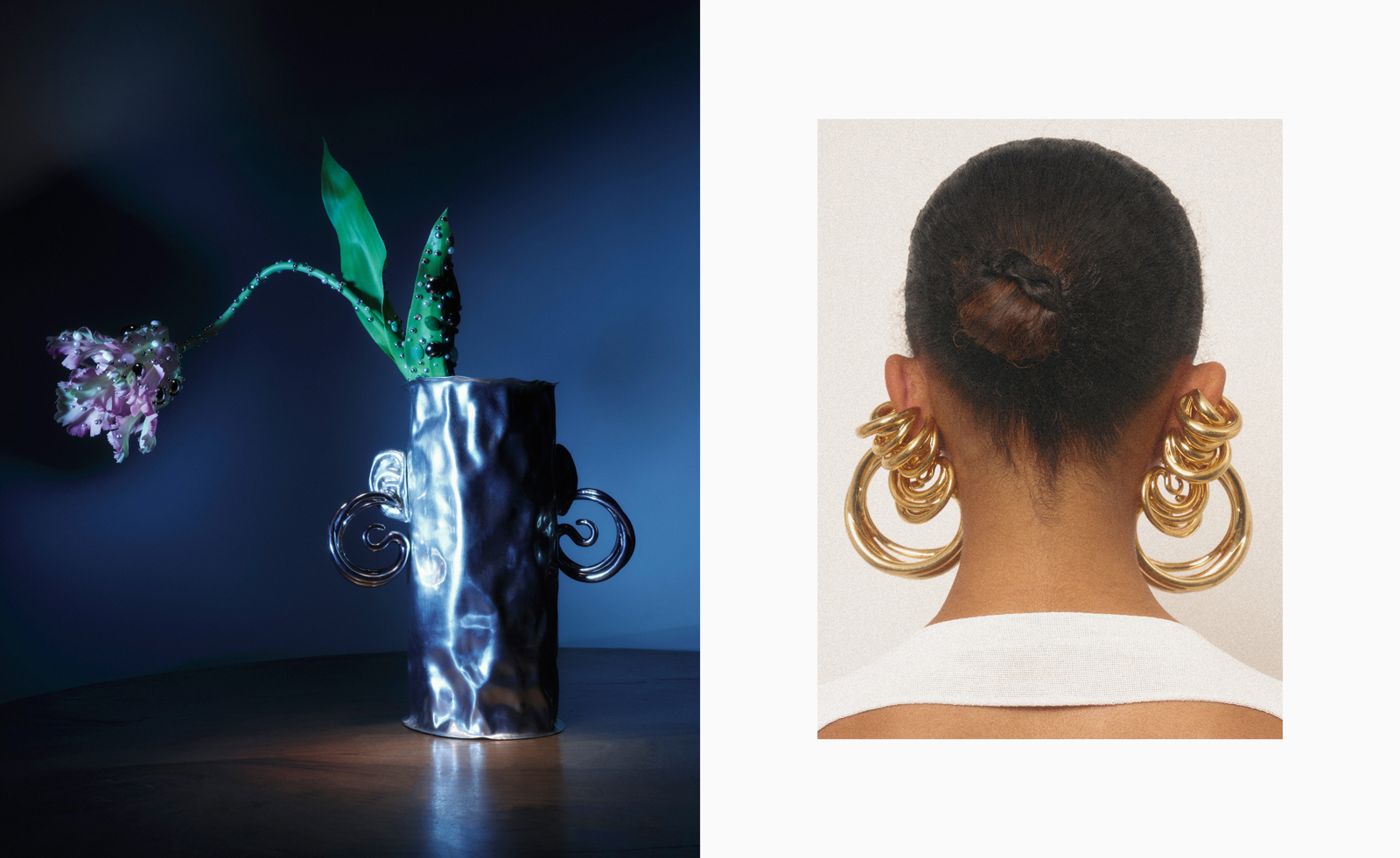 10 watch and jewellery moments that dazzled us in 2025
10 watch and jewellery moments that dazzled us in 2025From unexpected watch collaborations to eclectic materials and offbeat designs, here are the watch and jewellery moments we enjoyed this year
